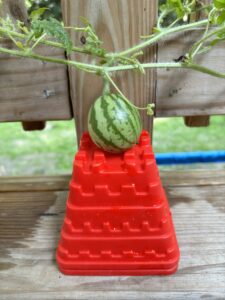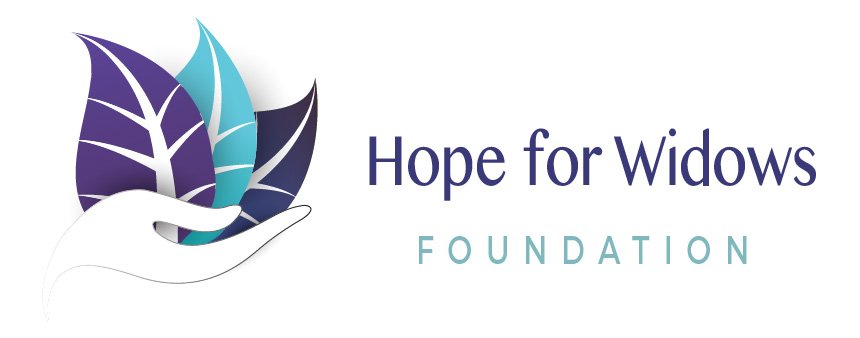 My first grief therapy experience was a disaster – a Freudian approach connecting everything back to sex and my parents that left me feeling more broken and bewildered than when I began.
My first grief therapy experience was a disaster – a Freudian approach connecting everything back to sex and my parents that left me feeling more broken and bewildered than when I began.
The counseling was shoved in my face about a week after Jay died; the sheets on my bed still smelled like him; the laundry baskets still held his dirty clothes; the last coffee mug he used still sat in the sink. I spent my days planning his funeral, organizing picture slideshows and playlists, accommodating a request for a celebration of life at his work, navigating my finances, and communicating details to family and friends. I spent my nights scrolling pictures of urns and listening to Joji Miller’s (aka Pink Guy) song, “Help” on repeat, which somehow lightened the mood for me.
I 100% should have found a different therapist with a different approach, but instead, I let the experience define my beliefs about all therapy, and avoided it for the next four-and-a-half years.
This could be categorized as my denial phase, although I prefer calling it my shock and survival mode.
I googled things about grief. I bought books about it and never read them. I joined Facebook grief groups, and immediately left the groups. I asked my church for help and realized that my church was not equipped to “help the widow.” I went to other churches, only to realize the same thing. I isolated. I cried. I prayed. I learned to tell people that we were “moving forward,” and I got down to business with the whole survival thing.
What resulted was the organic development of coping strategies, some healthy and some not. They included:
- Staying extremely busy
- Creating benchmarks for the kids and my career and income
- Creating and tracking progress timelines
- Drinking wine
- Emotionally eating
- Sleeping on the couch or floor
- Falling asleep in the shower
- Running an average of 50 miles/week
- Attempting to date
I basically did ANYTHING to distract myself and avoid “sitting with my grief,” and I hated – absolutely abhorred – anyone who dared utter the suggestion.
Sit with my grief? What the hell do you think I’m doing? My grief is a coat that never comes off! Sit with my grief!?!? I’m giving it a piggyback ride, for Christ’s sake. It’s an extra appendage! Why don’t you sit with your rudeness, you sorry piece of sh**! *Inserts AirPods, plays “Help,” goes for run.
Yes, I needed therapy – anger is a real phase of grief. Denial is a thing, too, along with bargaining and depression, as it turns out, and the beasts do not just pass through. They keep revisiting whenever they feel like it. These guys are recursive.
My coping strategies worked until they didn’t.
- I over trained and injured my knee – no more running.
- Staying busy exhausted me – burnout.
- The kids achieved their benchmarks and moved on with college and their adult lives – no one left to focus on.
- I drank one glass of wine, then two, then three – until I thought a LOT about wine and had to cut myself off.
- I ate junk food – until I gained twenty pounds.
- I barely got any sleep – because the floor and couch were uncomfortable.
- My water bill went through the roof – because I kept taking naps in the shower.
- I dated a bit only to realize – companionship and dating are two different things, so I quit dating.
One-by-one, my strategies failed me, until my little homemade grief toolbox was empty.
It was here, in a place with – now – zero coping strategies, that I found myself accepting a second teaching job. It was here, at the intersection of widowhood, mental health, and career advancement that I realized I might need help, like real help, not just the song on repeat, which I was still playing.
I read the job offer with a kind of dual response: joy and thankfulness coated with terror. I cried and thanked God for the job while my heart rate rapidly increased to stroke levels. My new schedule would increase my working days, increase my commute, impact my sleep, and stress my mental capacity.
I knew the schedule was possible on account of knowing several teachers who consistently work for multiple institutions. I was also aware of my grief habits: when I get too exhausted, my grief intensifies, and when my grief intensifies, I shut down, and when I shut down, I self-sabotage. My current ability to navigate my grief depends on having down days throughout the week, but the second job would make down days impossible. I thought of therapy for a half second, then dismissed it.
No, not therapy, not that – not again.
Achieving a livable wage is something I have prayed about, something I have worked hard for, a financial benchmark that took me almost five years to build. When Jay passed in 2019, so did his income, and my annual income at the time was less than 40 thousand – years of prioritizing my family over my career, which I will note was my choice, and something that worked well in the dynamic of my marriage. It was a good plan for us, until Jay died and there was a mountain of debt and no long-term plan for financial stability, lesson learned.
I resorted to old strategies. I hadn’t exercised regularly in over a year, but sometimes exercise is the only way I can sort my emotions, so I went for a walk and ended up doing spontaneous running intervals in 90-degree weather with 76% humidity. It killed me, but the pain also felt good, and my previously-injured knee did well. At home the next day, I dug out my weights and did circuit training. On the third day, I went running again in the heat. On the fourth day, I awoke in agony with a massive charley horse, my muscles screaming with lactic acid buildup and inflammation from the reintroduction of physical training.
“Progress,” I smiled. In the world of physical training, this kind of pain is a sign of growth, so long as you handle it properly. Muscle pain requires stretching and massage, increased water intake, and incorporated rest days. If you ignore the pain and keep training – you risk injury. If you accommodate the pain properly, embrace it, you get stronger and more capable of heavier training loads.
In the past, I’ve simply taken Aleve and continued training, to the point of injury, but I’m smarter now. I know why we choose to suffer a little. I know that if I let this pain do its work, I’ll come through healthier and stronger.
And just like that, a dozen little voices echoed through my mind, all the people who have told me, begged me, implored me to please, sit with my grief. All the anger. All the denial. All the frustration. All the pain in that phrase – sit with your grief – suddenly made sense. This is the work, right here.
We need to face our grief — not avoid, not distract, not numb.
We need to feel it, nurture it, embrace it, move with its wave, so that we can heal.
We need to let the pain of grief do its work.
I made coffee, scrolled through my phone until I found my healthcare app, and clicked on “Manage my Mental Health.” Under the appointment scheduler for a therapist specializing in grief, I had to write the reason I was seeking therapy.
I wrote, “I need to learn how to sit with my grief.”
Four-and-a-half years. It took four-and-a-half years to surrender. I think that phase is called acceptance. And I think, in order to survive this pilgrimage of widowhood – we just might need a little help.

